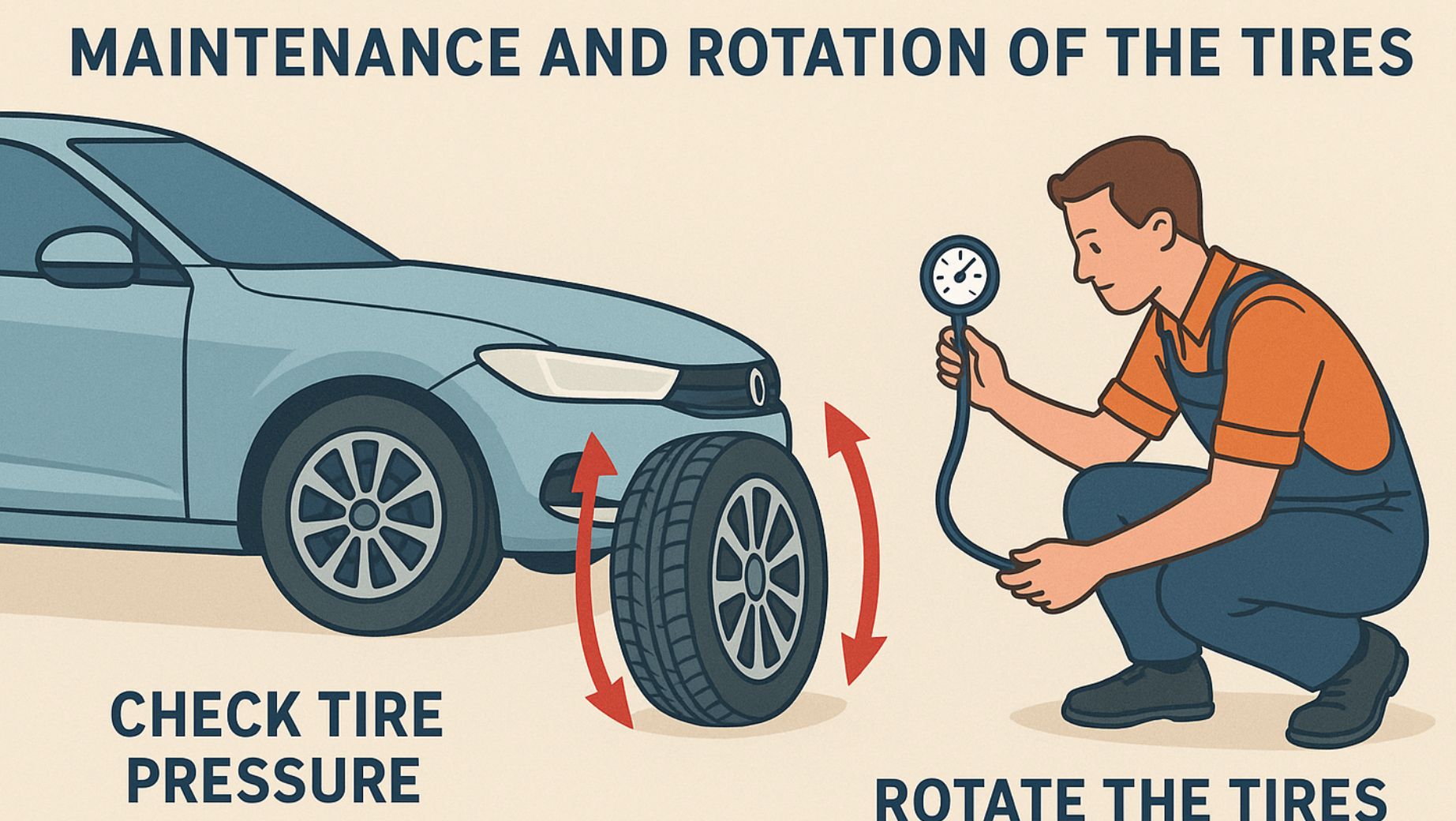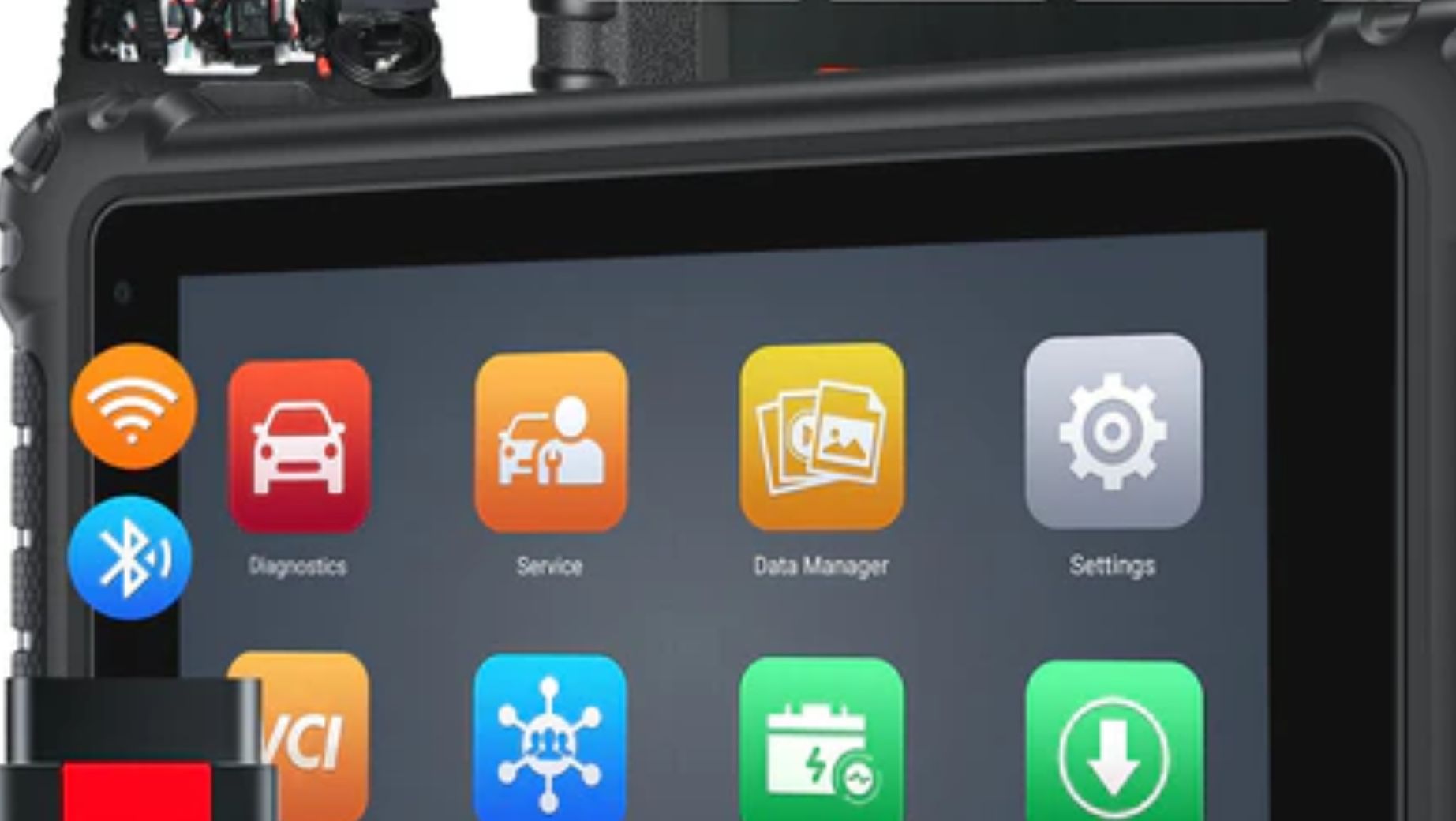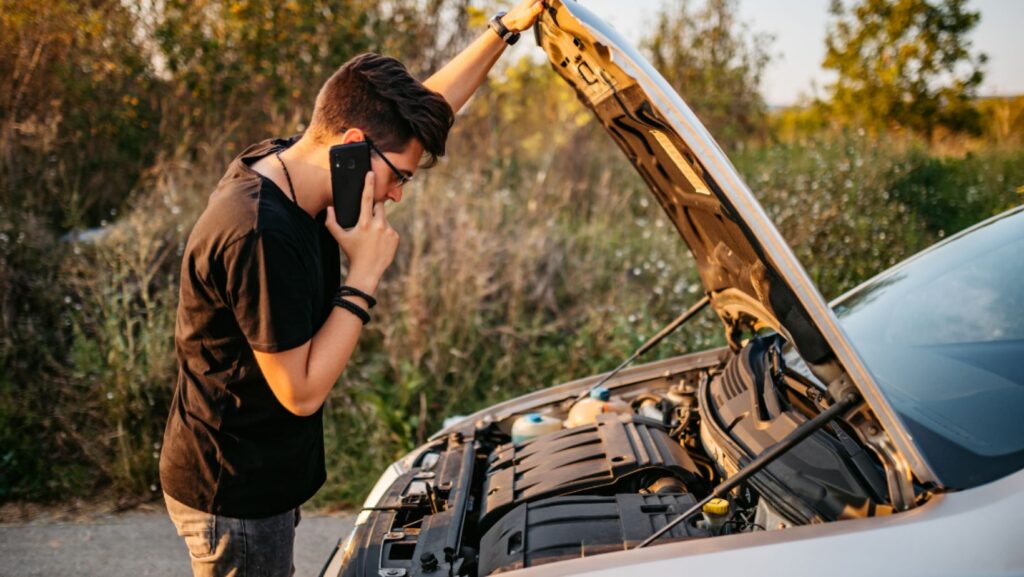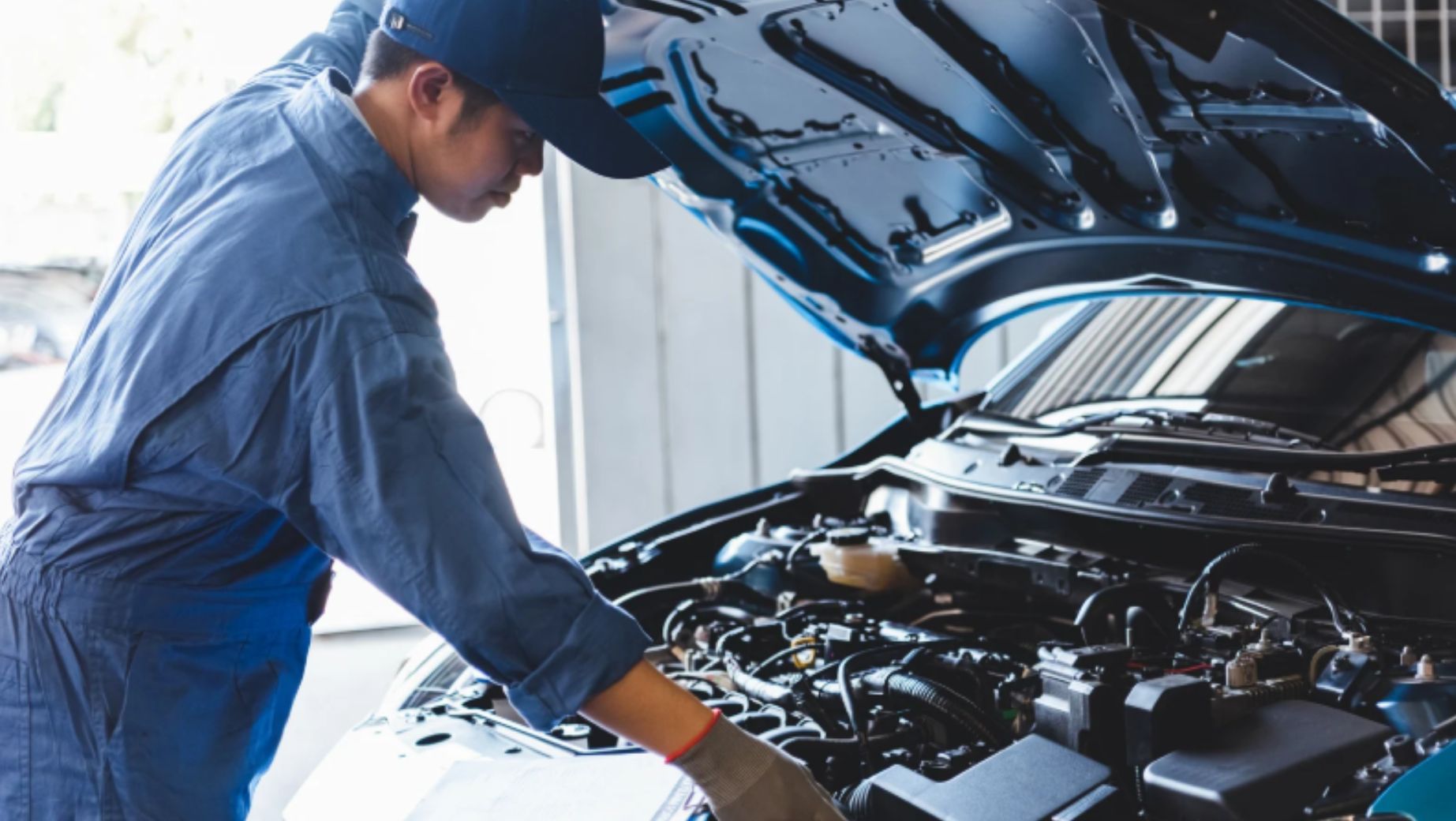 Most drivers believe that changing the oil is all they need to maintain their vehicle in good condition, but the cars of today are a lot more demanding. Even though an oil change is a very important practice, it can only deal with a small portion of what your vehicle requires. A well-serviced automobile requires a more detailed plan, and it should involve inspections of systems, care of tires, battery services, and modern diagnostic equipment.
Most drivers believe that changing the oil is all they need to maintain their vehicle in good condition, but the cars of today are a lot more demanding. Even though an oil change is a very important practice, it can only deal with a small portion of what your vehicle requires. A well-serviced automobile requires a more detailed plan, and it should involve inspections of systems, care of tires, battery services, and modern diagnostic equipment.
Those who own smart cars and those who are professional mechanics are turning to obd2 scanner tools that provide comprehensive car diagnosis, which keeps them proactive on the health of their vehicles. This equipment can alert you to an issue way before the indicator lights appear, eliminating the need to pay later and enhancing your overall safety and operation of the car.
1. Maintenance and Rotation of the Tires
The tires used on your car are an important part that determines the car’s handling, braking, and fuel consumption. Nevertheless, they are usually ignored until worn out or they go flat. In order to prevent them, one has to guarantee that tire pressure is checked on a regular basis: preferably, once every month. Uneven wearing of the tread, bad handling, and poor fuel economy are side effects of having under- or over-inflated tires.
Another maintenance tip left unattended to is tire rotation. Proper rotation, which should be between 5,000 and 7,000 miles, is good to make sure that tires wear evenly and thus last longer. Alignment of wheels may cause extra stress to the suspension surfaces as well as result in issues with steering. Making the efforts of simple to care tires will give you a positive result in the form of enjoying improved grip on the road, smooth rides, and long-term savings.
2. Checkups of the Battery and Electrical system
The electrical systems are highly dependent on the modern vehicle when it concerns ignition systems, lighting, power windows, and sensors. All these systems may be rendered ineffectual by a bad battery, and you can find yourself stranded without any warning. It is always good to check the voltage of your battery regularly, make sure that there is no corrosion on the terminals, check your alternato,r and make sure it is charging.
Poorly illuminated headlights, clicks on start-up, and slowness in the engine cranking are all evidence of problems with the battery. Most do-it-yourself owners of cars currently use digital multimeters or scanners to check the battery situation. These are the tools that can check not only the battery but also the rest of the charging system, so they can serve as a warning of a possible failure.
3. Inspection of the Brake System
The brakes on your car are a vital part of your car when it comes to safety, and they should receive more attention paid to them by most drivers. The brakes may get worn out over time, and it may become difficult to note the slight changes in performance. There may be squealing sounds when the system is braking, or vibrations, and a feeling that it takes a long time to brake the vehicle; these are clues that the system should be addressed.
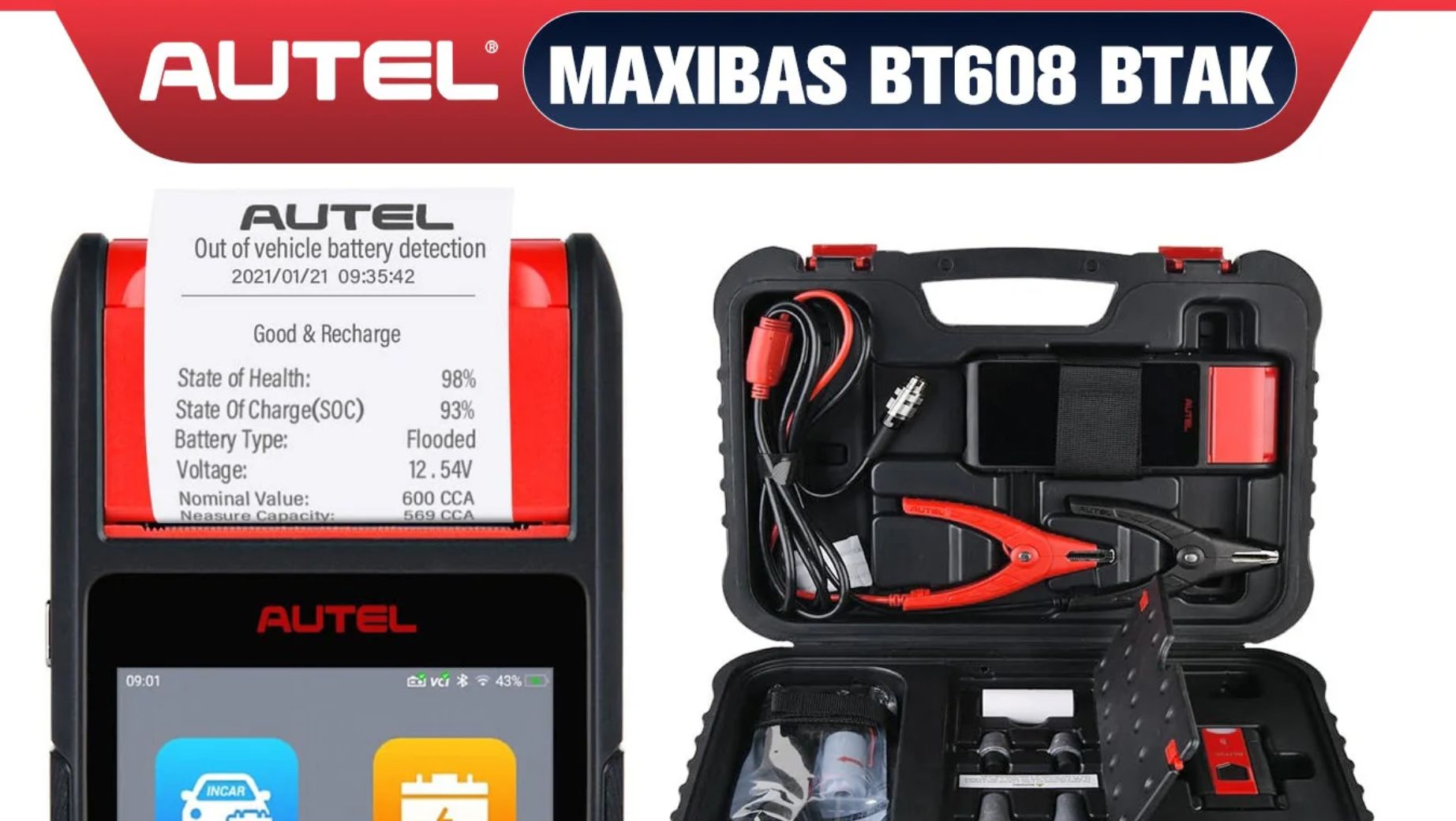
4. Maintenance of Transmission and Cooling System Maintenance
The combination of complexity and high costs of repair makes the transmission system of your vehicle expensive without any maintenance being done, until it becomes faulty. A regular check and change of transmission fluid should be done according to the guidelines of the manufacturer. A burnt smell or a dark fluid, or a gear that becomes hard to change or slips may be an early detection that something is amiss in your transmission.
The cooling system, in its turn, is needed to control engine temperature. When your engine circulates coolants properly, it may be in danger of overheating and therefore causing irreparable damage. Draining of the coolant, checking the hoses, and determination of leaks will make sure that the engine operates at its optimum temperature levels and that such a tendency is irrespective of driving factors.
5. Diagnostic Tool Use to Generate Preventive Care
Signals in the dashboard are useful; however, they only emerge with the spread of a problem already there. Use of these indicators only may cause the postponement of maintenance that is necessary. Such modern cars have various onboard systems: ABS, airbag (SRS), emissions, traction control, and others. Most of the problems are not tracked down until they become serious.
It is the reason why it will be reasonable to utilize advanced scanning tools. Deep-system data, trouble-code reading, and even possible trouble-code repair recommenders are available with tools that provide comprehensive diagnosis. The scanners enable the professionals and the DIYers to get a better picture of the health of their vehicle and correct minor problems before they develop into major costs.
6. Updating Diagnostic Tools
With the technological advancements in the auto industry, automobiles are generally fitted with an increased number of sensors, ECUs (Electronic Control Units), and dedicated modules. A scanner that worked excellently last year may not work in the new model this year. This is the reason why updating diagnostic tools is vital.
Making use of an active subscription to Autel software makes sure that the user is able to keep their scanning devices up to date and capable of interventions with the latest systems found in a vehicle. Old gadgets can give faulty readings, or they can not even interface with newer cars. It is always important to keep the software in your tool updated to get the right and proper data that you need to make the right diagnosis and perform proper repairs.
7. Maintenance Schedules
Each time of year presents its problems for car owners. Make sure your antifreeze measures are adequate, too, in the winter months, because cold weather may cause the engine coolant to freeze and result in engine block damage and/or overheating. Check your battery, as in cold weather, it has less cranking power. The change of tires to winter ones helps to increase traction and safety on an icy or snowy road.
With summer coming up, it is advisable to test your air conditioning to ensure that it is not spoiled during hot weather. The tire pressure also increases with heat; thus, checks have to be made regularly. The problems with your cooling system could be avoided by maintaining it to avoid overheating when traveling long distances. The small components, such as inspecting belts, hoses, filters, and wipers, as far as which can cause major problems in case of their failure, are inspected all year round.
Conclusion
Vehicle maintenance is so much more than a simple oil change. A durable long long-lasting car has taken into careful consideration the various systems in it: tires, brakes, batteries, cooling, transmission, and onboard electronics. Being proactive in regards to the inspections, seasonal checks, and diagnostics of your vehicle system allows you to avoid unexpected breakdowns and saves thousands of dollars throughout the lifetime of your vehicle.
This is because by having the appropriate tools and by ensuring that use of such tools is updated regularly with services such as Autel software subscription, car owners can make informed decisions, identify issues early enough, and have peace of mind associated with knowledgeable maintenance. DIYer or not, you can help your car last as long as possible by being proactive in carrying out its repairs or maintenance.

